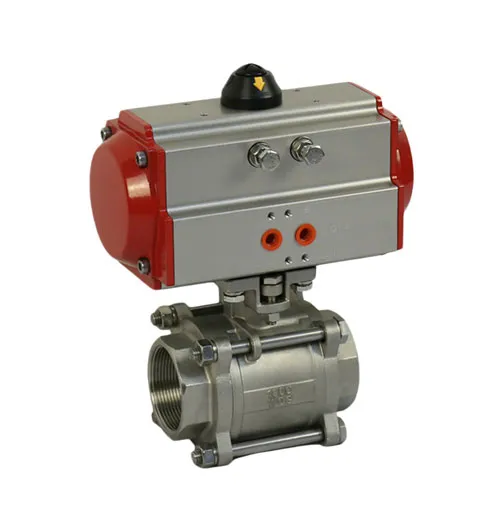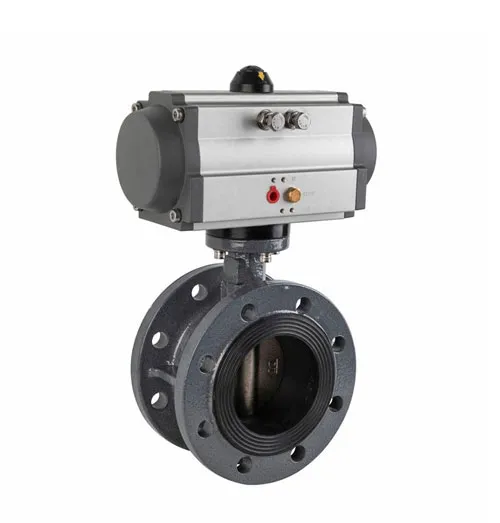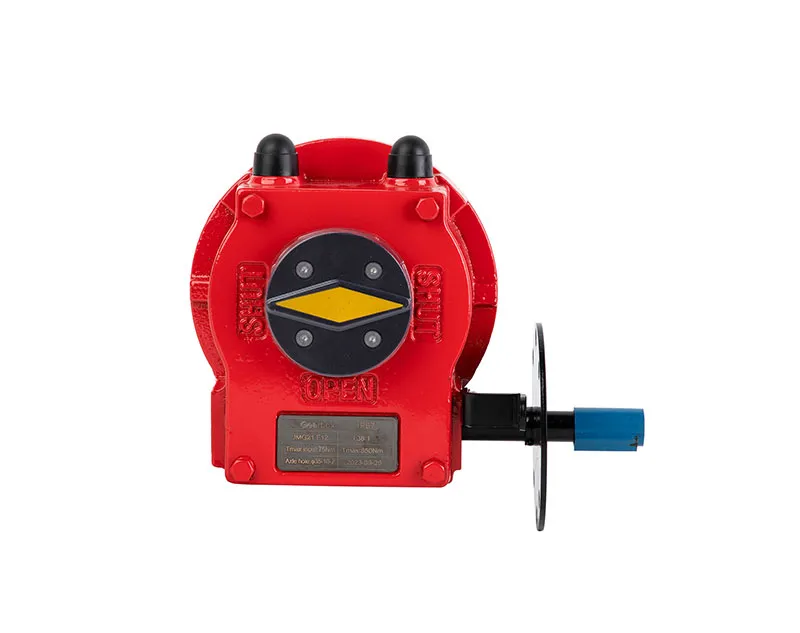Distinguishing Between Pneumatic Butterfly Valves and Pneumatic Ball Valves
Pneumatic butterfly valves and pneumatic ball valves are both extensively employed in industrial fluid control systems; however, they exhibit variations in terms of application suitability, operation, and design. The selection of the appropriate valve for a particular process is facilitated by an understanding of their differences.
1. Construction and Design
Pneumatic ball valve
• Consists of a rotating spherical disc (ball) with a bore that either permits or impedes passage.
• Available in both full-port (full bore) and reduced-port (standard bore) designs.
• Typically, the body is composed of two or three pieces, with fastened connections.

Pneumatic Butterfly valve
• Utilizes a rotating shaft that rotates 90° to regulate flow, which is mounted on a circular disc.
• in comparison to ball valves, they are compact and lightweight.
• The flow efficiency is slightly reduced by the disc's continued presence in the flow path, even when it is completely open.
2. Capabilities for Flow Control
Pneumatic ball valve
• Ideal for on/off applications (not suitable for modulating due to erosion caused by high-velocity flow).
• Minimal pressure reduction is provided by full-port designs.
Pneumatic Butterfly valve
• Suitable for both on/off and throttling (improved flow control at partial angles).
• The disc's presence in the flow path results in a slightly higher pressure decrease.

3. Temperature and Pressure Range
Pneumatic ball valve
• A greater tolerance for pressure (up to 1000+ psi in certain models).
• Performs exceptionally well in high-temperature applications (subject to the seat material).
Pneumatic Butterfly valve
• Restricted to moderate pressure ranges (typically 150-250 psi).
• Certain high-performance butterfly valves are capable of managing higher pressures.
• Temperature resistance is contingent upon the material of the seat (e.g., EPDM, PTFE).
4. Leakage Prevention and Sealing
Pneumatic ball valve
• Zero leakage in shut-off applications due to bubble-tight encapsulation.
• Abrasive media are more effectively managed by varieties that are seated in metal.
Pneumatic Butterfly valve
• While soft-seated versions (EPDM, PTFE) provide exceptional encapsulation, they may degrade when subjected to high temperatures or pressures.
• In comparison to ball valves, they are more susceptible to minimal leakage in high-pressure applications.
5. Weight and Space Factors
Pneumatic ball valve
• Particularly in larger sizes, the item is heftier and bulkier.
• Necessitates additional installation space.
Pneumatic Butterfly valve
• Compact and lightweight, it is well-suited for pipes with large diameters and restricted spaces.
• Installation is simpler in small spaces.
6. Maintenance and Cost
Pneumatic ball valve
• Initial costs are generally higher, particularly for full-bore designs.
• Greater complexity in maintenance is a result of the presence of numerous sealing points.
Pneumatic Butterfly valve
• Particularly for applications with a large diameter, it is more cost-effective.
• Simpler maintenance (easier seat replacement, fewer moving elements).
7. Applicability
Pneumatic Ball Valve
Optimal for: High-pressure or high-temperature systems (chemical facilities, oil and gas).
Applications necessitating zero leakage, such as gas conduits.
Throttling is replaced with on/off control.
Pneumatic Butterfly Valve
Optimal for: Large-diameter, low-to-medium pressure systems ( HVAC, water treatment).
Controlling and moderating the flow of products (pharmaceuticals, food and beverage).
Projects that are cost-sensitive and require careful consideration of space and weight.









